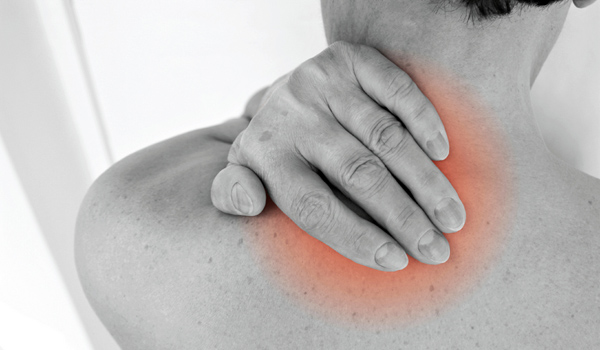Athletes Can Tolerate More Pain

“Shake it off” and “play through it” are common refrains in sports, encouraging athletes to deal with their pain and soldier on. A new study finds athletes can indeed tolerate more pain than the average person.
Previous studies on the topic have had mixed results. The new research is a study of studies, having looked at 15 separate pieces of research on the topic. The conclusion could fuel further investigation into pain tolerance that could help non-athletes, the scientists say.
"Our analysis reveals that pain perception differs in athletes compared to normally active” people, said lead the research, Dr. Jonas Tesarz at the University of Heidelberg. "Studies in athletes offer the opportunity for an evaluation of the physical and psychological effects of regular activity on pain perception, which might foster the development of effective types of exercise for relief in pain patients."
However, the minimum level at which pain is perceived, called the pain threshold, was found to be the same in athletes and non-athletes.
The various studies had been conducted in the U.S., Canada, Australia and Europe, and involved all total 568 athletes and 331 normally active individuals, called controls. Both men and women were included, and sports ranged from endurance to strength and games.
The magnitude of pain that athletes could withstand varied by sport. Athletes involved in game sports had a higher tolerance for pain than other athletes, but the results varied widely. Endurance athletes were more similar to each other in tolerance, suggesting that endurance athletes are more alike in their physical and psychological profiles, while athletes involved in game sports are more diverse.
Other research has shown that many who suffer chronic pain can benefit from exercise.
Sign up for the Live Science daily newsletter now
Get the world’s most fascinating discoveries delivered straight to your inbox.
"Further research is needed to clarify the exact relationship between physical activity and modifications in pain perception, and to identify the involved psychological factors and neurobiological processes,” Tesarz said. “However, the observation that pain perception is modifiable by physical activity provides promise for the use of non-invasive methods with few side effects for patients with chronic pain conditions."
The results are detailed in the June issue of the journal Pain.
This story was provided by MyHealthNewsDaily, a sister site to LiveScience.










